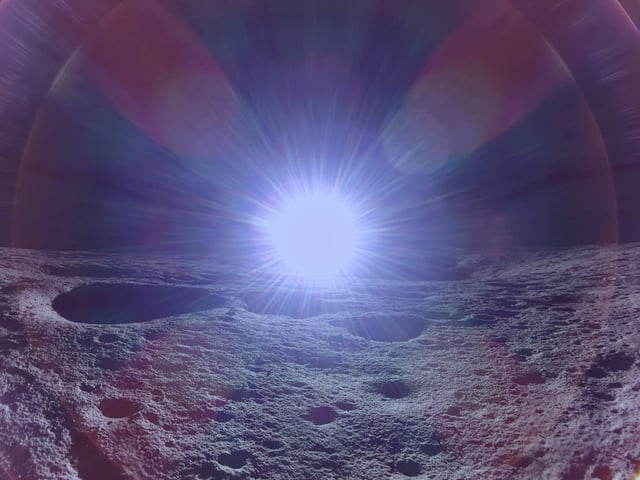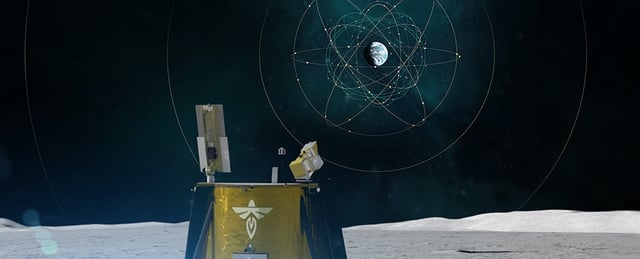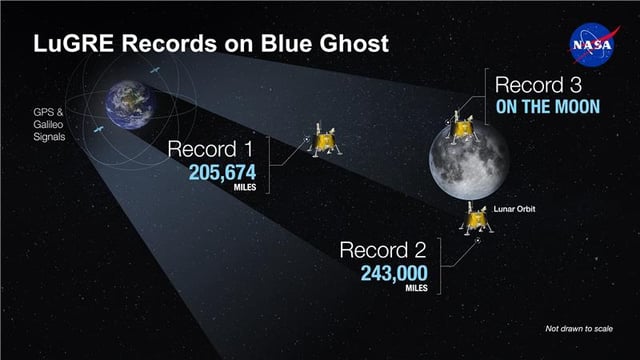Overview
- LuGRE, part of NASA's Commercial Lunar Payload Services program, tracked GPS and Galileo signals from Earth to the Moon for the first time.
- The experiment, a collaboration between NASA and the Italian Space Agency, aims to enable precise lunar navigation for future missions.
- LuGRE's success demonstrates the potential for Earth’s GNSS satellites to support navigation on the Moon and in cislunar space.
- The technology could reduce reliance on human operators and ground-based tracking, paving the way for automation in lunar exploration.
- This milestone aligns with NASA's Artemis program goals, which include establishing a long-term lunar presence and advancing international collaboration in space exploration.



